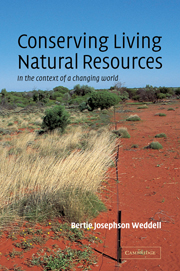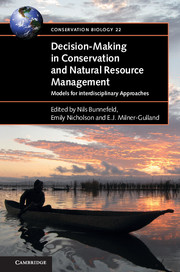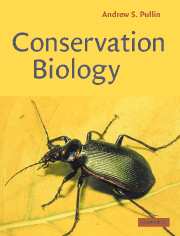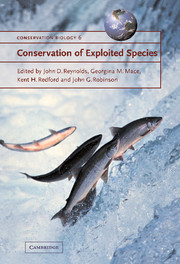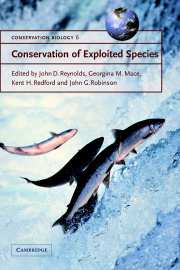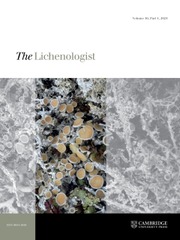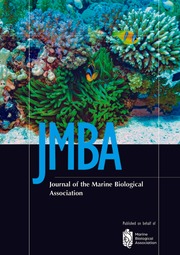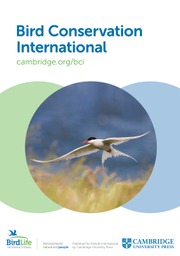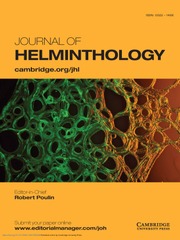Conserving Living Natural Resources
Conserving Living Natural Resources is an introductory textbook for students of conservation biology and resource management. It presents the historical and conceptual contexts of three seminal approaches to the management of living natural resources: utilitarian management for harvest of featured species and control of unwanted species, protection and restoration of populations and habitats to maintain biodiversity, and management of complex ecosystems to sustain both productivity and biodiversity. The book shows how the first two approaches were grounded in the belief that nature is 'in balance' and that people are outsiders, and then goes on to show how the 'flux-of-nature' paradigm suggests new strategies for conservation grounded in a view of nature as dynamic, and people as participants in the natural world. Rather than endorsing a single approach as the only correct one, this book investigates the historical and philosophical contexts, conceptual frameworks, principal techniques, and the limitations of each approach.
- Assumes no prior knowledge of conservation biology; a truly introductory textbook
- Encourages students to think critically about evidence and interpretation and to view science as an ongoing process, rather than as a static body of knowledge
- Places conservation in an historical context to increase and hold the students' interest and attention
Reviews & endorsements
'… I enjoyed the book and I would certainly recommend it as an introductory text to US students, and perhaps to other students wanting a general introduction to US resource management.' Andrew Pullin, University of Birmingham
Product details
March 2002Paperback
9780521788120
444 pages
228 × 152 × 24 mm
0.748kg
55 b/w illus.
Available
Table of Contents
- Preface
- Introduction: balance and flux
- Methodology: getting the information we need to manage living natural resources
- Part I. Management to Maximize Production of Featured Species - A Utilitarian Approach to Conservation:
- 1. Historical context - the commodification of resources and the foundations of utilitarian resource management
- 2. Central concepts - population growth and interactions between populations
- 3. Central concepts - habitats
- 4. Techniques - harvest management
- 5. Techniques - habitat management
- 6. Techniques - management to minimize conflicts between pest species and people
- Part II. Protection and Restoration of Populations and Habitats - A Preservationist Approach to Conservation:
- 7. Historical context - the rise of environmental concerns after World War II
- 8. Central concepts - the causes of extinction
- 9. Techniques - protecting and restoring species
- 10. Techniques - protecting and restoring ecosystems
- Part III. Management to Maintain Processes and Structures - A Sustainable-Ecosystem Approach to Conservation:
- 11. Historical context - pressures to move beyond protection of species and reserves
- 12. Central concepts - the flux of nature
- 13. Techniques - conserving processes and contexts
- 14. Techniques - including people in the conservation process
- Postscript
- Appendix: scientific names of organisms mentioned in the text
- Index.

